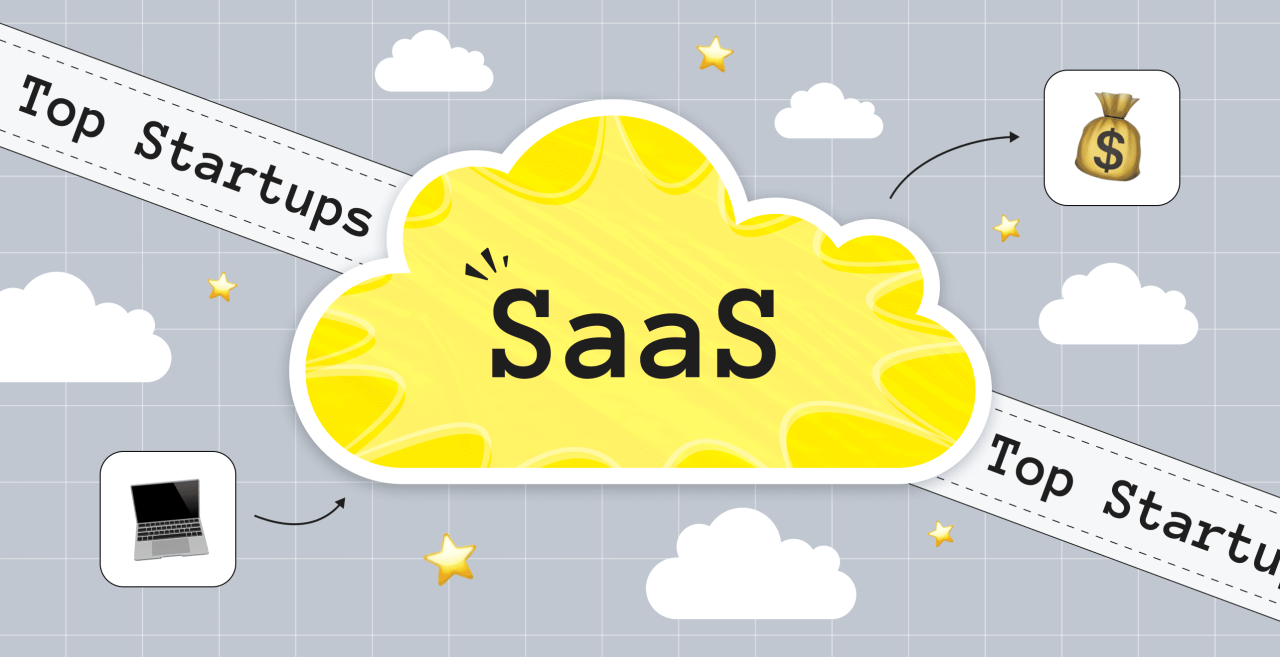How the US Government is Paving the Way for AI
How the US Government is Paving the Way for AI in the evolving world of technology, Artificial Intelligence (AI) has emerged as a driving force behind the next wave of innovation. From healthcare to transportation, AI’s potential to revolutionize industries is immense. However, the successful integration of AI into society requires more than just technological advancements from private companies—it necessitates strategic leadership and active participation from government bodies. The US government AI initiatives are a pivotal aspect of this evolution, serving as a foundation for the widespread implementation of AI across various sectors. Through policy, investment, and public-private partnerships, the US government is helping pave the way for a future where AI is integral to economic growth, security, and societal wellbeing.
In this article, we’ll take an in-depth look at how the US government AI initiatives are shaping the landscape of artificial intelligence in the country. These initiatives range from regulatory frameworks to funding programs, all aimed at fostering AI development while addressing potential ethical, economic, and security challenges.

1. The National AI Initiative Act of 2020: A Historic Step
The National AI Initiative Act of 2020 represents a monumental step forward in the US government’s commitment to AI development. Signed into law as part of the National Defense Authorization Act, this legislation set the stage for a comprehensive, national strategy to advance AI research and development.
The Core Goals of the National AI Initiative Act
The US government AI initiatives outlined in this act focus on several key areas. One of the primary goals is to enhance AI research across the nation, particularly in collaboration with universities, private companies, and federal agencies. The act establishes a National AI Strategy that promotes AI innovation while ensuring that the US remains competitive on a global scale.
Moreover, the act emphasizes the importance of developing a skilled workforce equipped to handle the complexities of AI. This includes funding educational programs, creating training opportunities, and supporting the development of AI curricula at various levels of education. The focus is not only on developing highly skilled AI researchers but also on making AI knowledge accessible to a broader pool of workers, ensuring that the US remains a leader in the AI field.
Strategic Planning and Coordination
The act also directs the creation of an interagency committee responsible for promoting AI research and ensuring effective coordination between agencies.
By promoting cooperation across various sectors, the National AI Initiative Act sets the stage for a collaborative AI ecosystem that can drive innovation and economic growth.
2. The AI Research and Development Strategic Plan
The AI Research and Development Strategic Plan, developed by the US government AI initiatives, serves as a blueprint for advancing AI technologies. The plan outlines specific objectives, strategies, and actions to ensure that the US remains a global leader in AI research, development, and application.
Advancing AI Research
One of the strategic priorities is to advance fundamental AI research, which will form the backbone of future innovations. The US government AI initiatives focus on supporting basic research into AI’s core technologies, such as machine learning, natural language processing, and computer vision. These areas of research are crucial for improving AI systems’ ability to process data, recognize patterns, and make decisions.
Agencies like the National Science Foundation (NSF), the Department of Energy (DOE), and the National Institutes of Health (NIH) are receiving increased funding to support AI research. These investments not only drive innovation but also provide essential resources for academic and industry researchers pushing the boundaries of AI technology.
Promoting Interdisciplinary Collaboration
Another important aspect of the US government AI initiatives is promoting interdisciplinary collaboration. The strategic plan encourages collaboration between researchers in these diverse fields to address the multifaceted challenges posed by AI.
3. Funding AI Innovation: Public-Private Partnerships
AI development is a costly and resource-intensive endeavor, and the US government has recognized the importance of investing in both public and private sector collaboration. Through various funding mechanisms, the US government AI initiatives are encouraging innovation while also addressing societal needs.
AI Investments in Defense and National Security
One of the most notable investments in AI comes from the Department of Defense (DoD). The DoD’s AI strategy focuses on the development of AI technologies to enhance national security and military capabilities. This includes innovations in autonomous systems, AI-driven cyber defense, and AI applications in intelligence gathering.
The Defense Advanced Research Projects Agency (DARPA) plays a key role in driving forward-thinking AI innovations. DARPA’s mission is to foster disruptive technologies that can significantly enhance the US military’s capabilities. Many groundbreaking AI innovations have originated from DARPA’s efforts, including early developments in machine learning and autonomous systems.
Supporting Startups and Private Sector Innovations
The US government also recognizes the vital role of the private sector in AI innovation. In addition to direct government funding, the US government AI initiatives focus on supporting AI startups and fostering private sector innovation through grants, contracts, and partnerships.
Additionally, partnerships with large tech companies—such as Google, Microsoft, and Amazon—have proven to be mutually beneficial.
4. Ethical and Regulatory Frameworks for AI
As AI technologies become more integrated into society, there are growing concerns about their ethical implications. The US government AI initiatives are taking proactive steps to address these concerns by establishing regulatory frameworks and promoting ethical AI development.
Establishing Ethical Guidelines
The US government has recognized the need for ethical guidelines that govern AI development and deployment. A key initiative is the National Institute of Standards and Technology (NIST), which is working on developing AI standards that ensure transparency, fairness, and accountability in AI systems.
These bodies include experts from a range of fields, including law, ethics, technology, and industry, ensuring that the development of AI takes into account a wide array of perspectives.
Regulatory Approaches to AI Governance
In parallel with ethical guidelines, the US government AI initiatives are also focused on developing regulatory approaches to AI governance. While the US has not yet implemented a comprehensive AI regulatory framework, policymakers are beginning to explore regulations that address AI’s societal impacts, such as privacy, employment, and the potential for algorithmic bias.
The government is also considering the implications of AI on national security, particularly in areas such as cyber threats, misinformation, and surveillance. As AI technologies become more integrated into critical infrastructure, the need for robust regulations to ensure safety and accountability grows ever more urgent. While the regulatory landscape for AI is still in development, the US government AI initiatives are laying the groundwork for comprehensive oversight that will help shape the future of AI governance.
5. AI in Public Services: Improving Government Efficiency
AI is also playing a vital role in improving the efficiency of government operations and public services. The US government AI initiatives are increasingly focused on leveraging AI technologies to streamline processes, reduce costs, and enhance the quality of services provided to citizens.
AI for Healthcare and Social Services
AI’s potential to improve public services extends to sectors like healthcare and social services. Through AI-powered systems, the government can enhance service delivery, reduce wait times, and optimize resource allocation. For example, AI tools are being used to predict patient needs in hospitals, improve medical record management, and streamline the diagnosis process.
In social services, AI is being applied to help streamline the distribution of benefits, such as unemployment insurance, food assistance, and housing programs. By automating certain administrative tasks, AI can reduce inefficiencies, making these services more accessible to the public.
AI for Disaster Response and Management
AI’s ability to process large amounts of data in real-time makes it an invaluable tool in disaster response. The US government AI initiatives are being utilized to improve disaster preparedness and response efforts, such as predicting natural disasters, managing emergency evacuations, and optimizing resource allocation during crises.
Machine learning models are used to analyze historical disaster data, weather patterns, and satellite imagery to predict the likelihood and potential impact of natural events. These insights help government agencies respond more quickly and effectively, potentially saving lives and reducing property damage.
The US government AI initiatives are laying the foundation for a future where AI plays a central role in solving some of the country’s most pressing challenges. From advancing research and development to promoting ethical AI usage, these initiatives are setting the stage for a future where AI drives economic growth, enhances public services, and improves the quality of life for all citizens. By fostering collaboration between government, industry, and academia, the US is well-positioned to lead the world in AI innovation, paving the way for a future where artificial intelligence is not just a tool but a transformative force for good.




